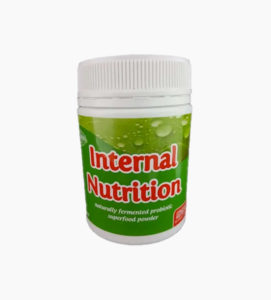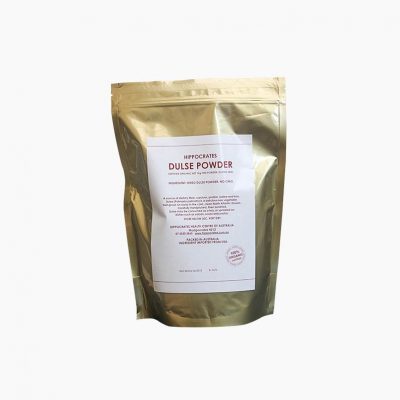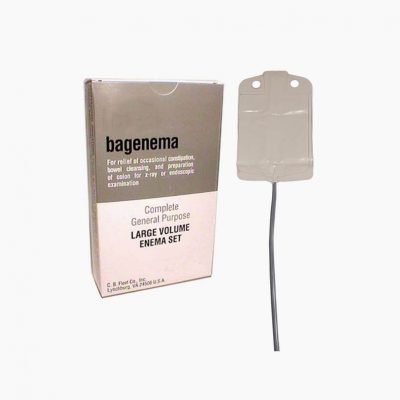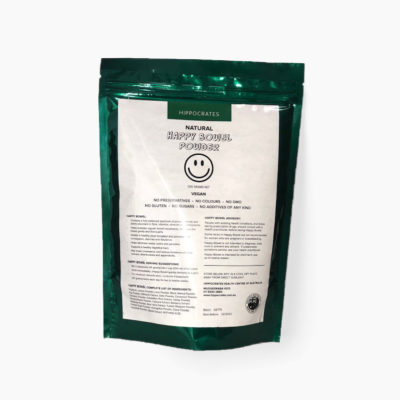
THE FIVE WORST AGEING SUBSTANCES
1. Artificial Sweeteners
Researchers have found that intake of artificial sweeteners such as aspartame or sucralose is associated with a higher risk of weight gain and may contribute to the risk of developing diabetes.[xviii]
Additional risks of artificial sweeteners include their adverse effects on the gut microbiome, increasing the risk of tissue inflammation and diseases associated with improper gut microbiota balance, including cancer, cardiovascular disease, diabetes and obesity.[xix],[xx]
2. Sugar
Research has demonstrated that glucose (sucrose, or table sugar, is made up of glucose and fructose) negatively impacts skin repair by cross-linking collagen fibers, and diets high in sugar are linked with a higher perceived age among diabetic and non-diabetic subjects.[xxi],[xxii]
By reducing glycation load, it’s possible to effectively lower premature cellular senescence in skin fibroblasts and increase collagen repair while also lowering the risk of cardiovascular disease and diabetes, two age-related diseases linked with excess sugar consumption.[xxiii],[xxiv],[xxv]
3. Aluminum
While aluminum has long been deemed an innocuous metal and therefore safe to include in cookware and food preparation processes, researchers have now discovered that prolonged exposure to aluminum may increase and hasten the risk of neurodegeneration and brain-ageing disorders, including diseases like Alzheimer’s.[xxvi],[xxvii]
4. Trans-Fatty Acids
There is some research to suggest that a diet low in trans-fatty acids may reduce the risk of Alzheimer’s disease and other forms of dementia.[xxviii] Avoiding these types of synthetic fats may also lower the risk of obesity and Type 2 diabetes, which are also risk factors for age-related dementia.[xxix] Although more research is needed, diets low in these fats seem to lower dementia risk.[xxx],[xxxi]
5. Tobacco and Alcohol
The use of tobacco products and alcohol have both been linked to premature skin ageing.[xxxii],[xxxiii] Other dangerous effects of tobacco use include increased oxidative damage and decreased absorption of antioxidant vitamins, such as vitamin C, increasing the risk of age-related diseases.[xxxiv]
Similarly, long-term use of alcohol disrupts cellular ageing and negatively impacts telomere length, and some researchers believe that even moderate consumption of alcohol may severely affect biological health as these shortened telomeres are a predictor of increased mortality.[xxxv],[xxxvi]
Additionally, the effects of alcohol seem to worsen with age, since liver enzymes are less able to effectively metabolize alcohol over time.[xxxvii] Finally, heavy alcohol consumption is linked with changes in brain plasticity and cognitive decline, [xxxviii]
Properly nourishing your body with the right nutrients and lowering your exposure to the substances listed above is the first step in decreasing your risk of age-related diseases such as cardiovascular disease, diabetes, cancer and obesity while also improving your quality of life, skin health and gut microbiome.
************************************************************************************************
Internal Nutrition is vital for your overall health. It is the nutritional foundation your whole digestive system needs, to help recolonise the gastrointestinal tract with healthy live micro-flora strains. This in turn will help you to regain the good health you want and to maintain the healthy lifestyle you deserve.

************************************************************************************************
REFERENCES:
[xviii] Int J Pediatr Obes. Author manuscript; available in PMC 2010 Oct 8.
[xix] Front Physiol. 2017; 8: 487.
[xx] Am J Clin Nutr. 2012 Dec; 96(6): 1249-1251.
[xxi] Clin Dermatol. 2010 Jul-Aug;28(4):409-11. doi: 10.1016/j.clindermatol.2010.03.018.
[xxii] Age (Dordr). 2013 Feb;35(1):189-95. doi: 10.1007/s11357-011-9339-9. Epub 2011 Nov 20.
[xxiii] Biogerontology. 2018; 19(6): 447-459.
[xxiv] Age (Dordr). 2013 Feb; 35(1): 189-195.
[xxv] Nutr Healthy Aging. 2016; 4(1): 31-46.
[xxvi] Toxicology. 2014 Jan 6;315:1-7. doi: 10.1016/j.tox.2013.10.008. Epub 2013 Nov 1.
[xxvii] Environ Health Perspect. 1986 Mar; 65: 363-441.
[xxviii] Nutr Rev. Author manuscript; available in PMC 2014 May 13.
[xxix] Nutr Rev. Author manuscript; available in PMC 2014 May 13.
[xxx] Arch Neurol. 2009 Feb;66(2):216-25. doi: 10.1001/archneurol.2008.536.
[xxxi] Ann Neurol. 2006 Jun;59(6):912-21.
[xxxii] J Dermatol Sci. 2001 Aug;27 Suppl 1:S26-31.
[xxxiii] J Clin Aesthet Dermatol. 2019 Aug; 12(8): 28-39.
[xxxiv] Immun Ageing. 2008; 5: 10.
[xxxv] Psychopharmacology (Berl). 2019 Nov;236(11):3245-3255. doi: 10.1007/s00213-019-05281-5. Epub 2019 Jun 3.
[xxxvi] Sci Rep. 2019 Feb 5;9(1):1404. doi: 10.1038/s41598-019-38904-0.
[xxxvii] Alcohol Res. 2016; 38(1): 115-120.




